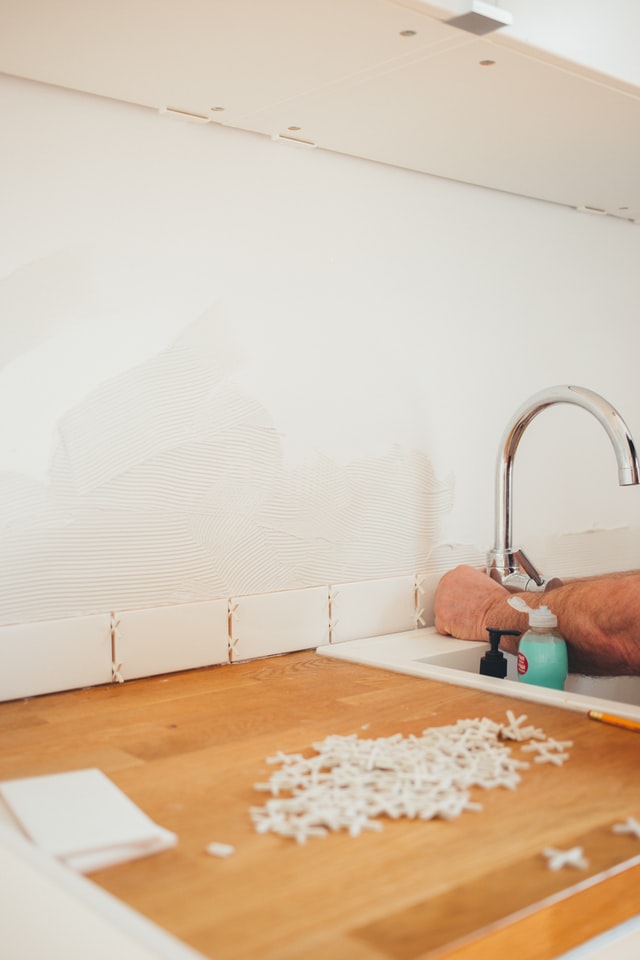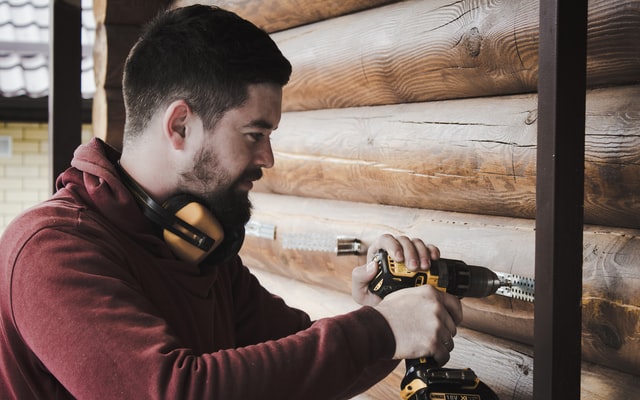Many renters feel like they will always be stuck renting. For some of them, that may unfortunately be true. But for those who are able to afford to buy but are afraid of mortgage debt, you may actually be better off buying a home. It’s true that sale prices are still increasing, but so are rent prices, which hit new highs in July in 40 of the 50 largest metro areas. The median rental price in the US is $1607 as of last month. The median mortgage payment for a starter home is about 15.5% less than that.
Of course, there are many factors that can adjust these numbers. Rent prices and home prices both vary depending where you live. It may not be easy to find a starter home in some neighborhoods. In areas with rent control, your rent may be relatively low if you’ve been in the same place for a while. Mortgage payments depend on your down payment as well as the home’s price. If you’re a renter, it’s not a guarantee that you should go out and look for a home right now, but you certainly shouldn’t dismiss the idea.



















